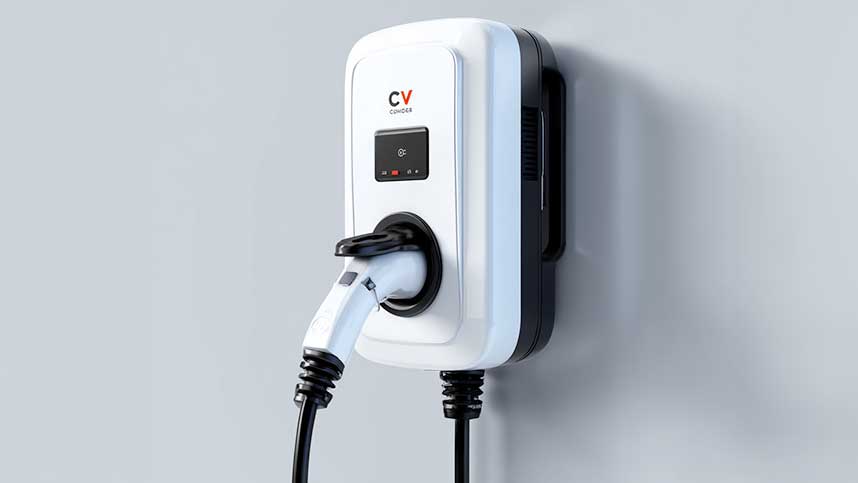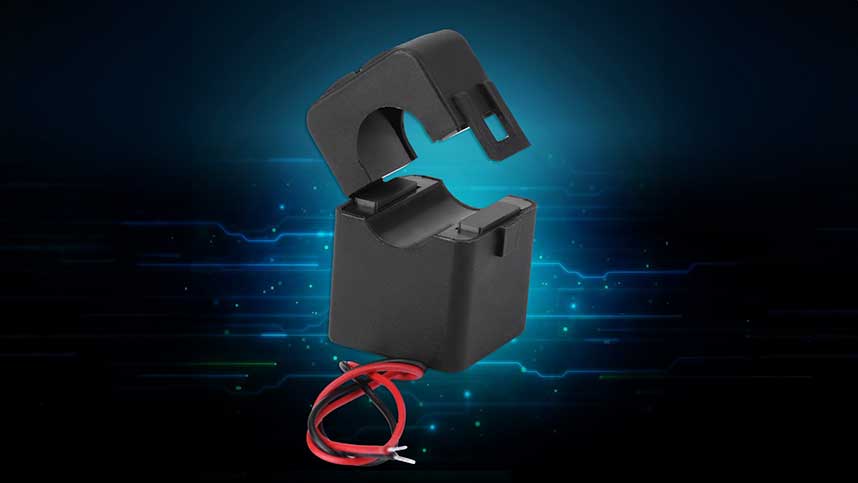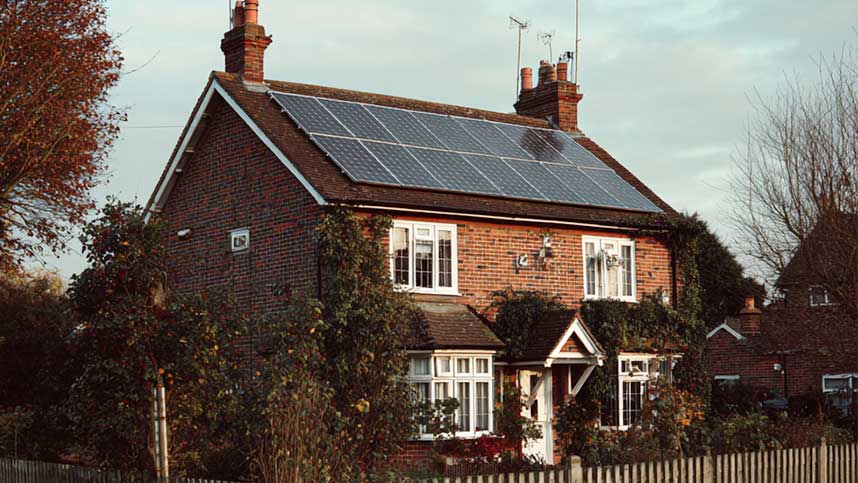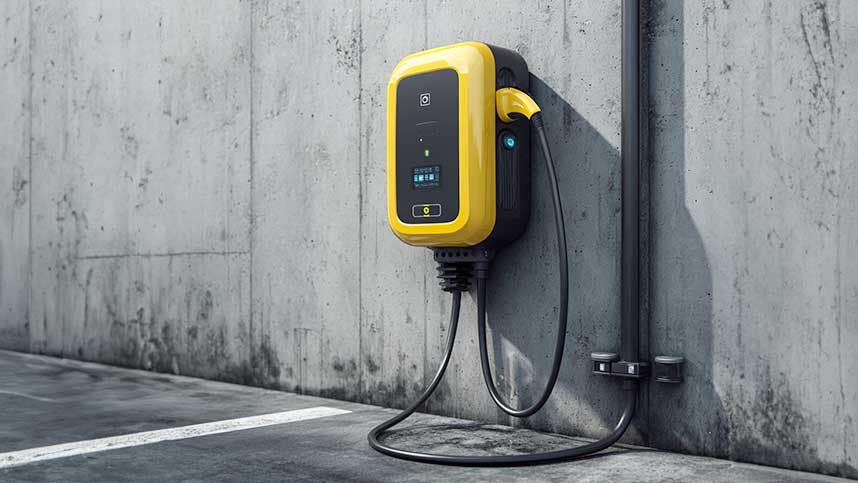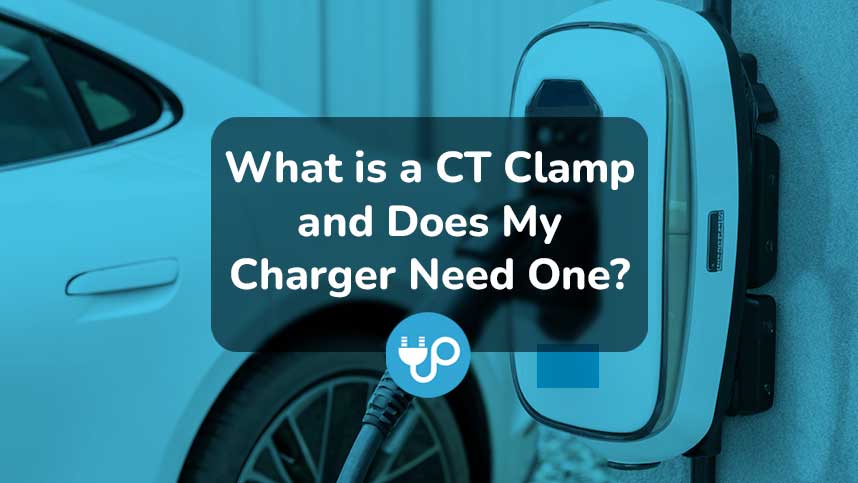
What is a CT Clamp and Does My Charger Need One?
Charging an electric vehicle at home comes with new gadgets and terms that can be confusing at first.
One such term you might encounter is the CT clamp.
If you’re wondering what a CT clamp is and whether your EV charger needs one, you’re not alone.
In simple terms, a CT clamp is a small sensor that keeps an eye on your home’s electrical usage and helps your charger operate safely and efficiently.
Chapters
What is a CT Clamp?
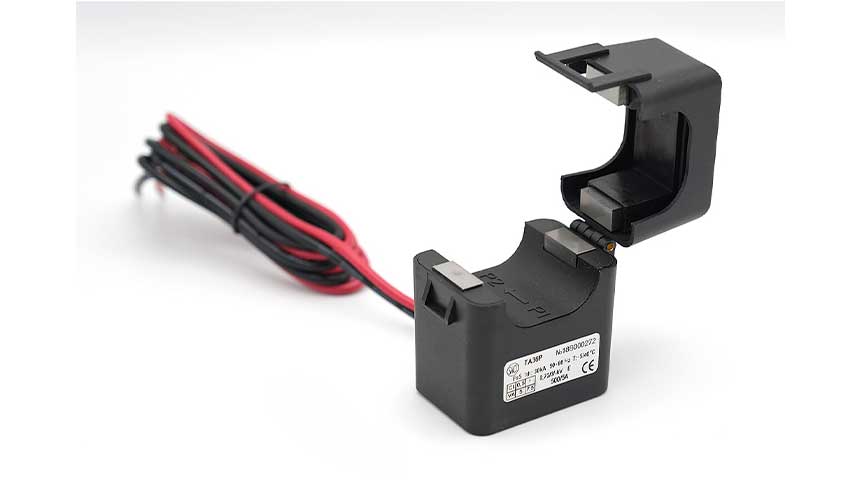
A CT clamp (short for Current Transformer clamp) is a device used to measure electric current by clamping around a cable without directly touching the wire inside.
Physically, it’s a small clip-on ring that is typically found in your home’s meter box or consumer unit (fuse box) area.
It latches around the main electrical supply cable.
When current flows through that cable, the CT clamp detects how much current is passing through by sensing the magnetic field around the cable.
It essentially acts as a sensor that monitors the load (amps) in your house wiring.
It uses induction to measure current.
This means the CT clamp doesn’t require cutting into the cable or altering your electrical system.
What Does a CT Clamp Do?
In an EV home charging setup, the CT clamp’s job is all about monitoring and balancing your electricity usage.
It constantly keeps track of the total current being used in your home, not just by the charger.
This enables two key functions for your EV charger:
Preventing Overloads
The CT clamp acts as a safety measure to protect your home’s main fuse and electrical supply.
It watches the total household load, and if it notices that the combined current draw is nearing the maximum your house can handle, it signals the EV charger to slow down or temporarily reduce its charging rate.
By automatically throttling the car charging when necessary, it prevents blown fuses or tripped breakers.
In short, the CT clamp helps ensure you don’t overload your supply even if high-power devices (oven, electric shower, kettle, etc.) happen to run at the same time as car charging.
This feature is often referred to as dynamic load balancing, meaning the charger adjusts its power based on other usage in the house.
Optimising Solar Energy Use
If you have solar panels at home, the CT clamp enables your EV charger to make smart use of any excess solar power.
The clamp can detect when your solar panels are generating more electricity than your home is using.
A compatible smart charger will then use that information to increase charging, so that your car absorbs the surplus free solar energy instead of letting it go to the grid.
This is sometimes called a ‘solar only’ or eco charging mode.
Essentially, the CT clamp helps your charger top up the car for free using sunshine, which can save you money and make your charging greener.
How Does a CT Clamp Work?
A CT clamp works on a simple electromagnetic principle.
When electric current flows through a cable, it creates a magnetic field around that cable.
The CT clamp contains a small iron core wrapped with copper wire coils.
So when you clip it around the live supply cable, the magnetic field from the current induces a tiny current or voltage in the clamp’s coil.
This induced signal is proportional to the amount of current flowing in the main cable.
In this way, the clamp ‘senses’ how many amps are going through the wire without needing to make direct contact or break the circuit.
The non-contact design means you don’t have to cut or strip any insulation.
You simply snap the clamp around the cable, which makes installation easier and safer.
The CT clamp is then connected to the EV charger via a lead that runs from the clamp to a dedicated input on the charger unit.
The charger continuously reads the clamp’s measurements to know the real-time current usage in the house.
In practice, the clamp is typically placed around the main incoming live cable so it measures all electricity usage in the home.
It’s important that the clamp is oriented correctly so that the charger can also tell the direction of current flow.
This matters for distinguishing import vs export, especially if you have solar generation.
Once set up, the CT clamp operates silently in the background.
As current rises or falls, the induced signal in the clamp changes, and the charger’s software interprets that instantly.
This allows the charger to react dynamically.
For example, reducing the car’s charging amperage if your oven and shower kick in, or increasing charging when your solar panels produce surplus power.
Does my Charger Need a CT Clamp?
Whether your charger needs a CT clamp depends on your home setup and what features you want to use.
In most cases a CT clamp is highly recommended for modern EV charging.
Let’s consider two common scenarios:
If You Don’t Have Solar Panels (EV-Only Charging)
For homes without solar panels, a CT clamp is primarily used for the safety and load management aspect.
If your house has a relatively high-capacity main fuse and you rarely use many heavy appliances at the same time, you might wonder if a CT clamp is necessary.
The truth is, even in these cases, the CT clamp provides a valuable safety net.
It guards against unexpected overloads.
A properly installed charger with a CT clamp will detect these overloads and automatically reduce or pause charging to prevent blowing your main fuse.
This protects your electrical system and gives you peace of mind.
Many installers fit CT clamps by default if the charger supports them, because it’s considered best practice.
Technically, a charger can function without one, but it will charge at a fixed rate without adjusting to your home’s current usage.
That means you’d be relying on manual judgment to avoid overloads.
Especially in homes with a 60 A or 80 A fuse, a CT clamp can avoid the need for a costly fuse upgrade by managing charging within safe limits.
If You Have Solar Panels (EV Charging with Solar)
If you have a solar PV system at home (or plan to install one), a CT clamp becomes even more useful.
With solar panels, the CT clamp not only prevents overloads, but also allows your charger to use excess solar energy efficiently.
Without a CT clamp, your charger won’t know whether your home is importing electricity from the grid or exporting excess solar power.
This means it might continue to charge your car using grid electricity even when free solar energy is available.
The CT clamp changes this by letting the charger monitor your home’s energy flow in real time.
If your solar panels are producing more electricity than your home is using, a smart charger with a CT clamp can detect this and start charging your car with that surplus.
If your home usage increases, the charger can slow or pause charging to avoid importing power.
Most chargers that offer solar charging features require a CT clamp to enable them.
Without it, you lose out on key functionality and may not get the full benefit of your solar setup.
By installing the clamp, you allow your charger to automatically adjust to your household’s electricity flow.
This helps you use more of your own renewable energy and cut charging costs.
CT Clamp Benefits
Using a CT clamp with your EV charger brings several benefits.
This includes safety, convenience, and the efficiency of home charging:
Safeguards Your Home’s Electrical Supply
The most important benefit is protection against overloads.
The CT clamp helps prevent blown fuses or trips by ensuring your car charger automatically reduces or pauses charging if your household’s total electrical usage gets too close to the limit of your main fuse.
This automated protection means you can charge your vehicle with peace of mind, even during times when other appliances are running.
It’s like having a built-in safety system that constantly watches over your electricity load and keeps it within safe limits.
This not only avoids power outages but also protects your home’s wiring and may extend the lifespan of your electrical infrastructure.
Enables Smart, Efficient Charging
A CT clamp unlocks advanced smart features in your EV charger.
With dynamic load balancing, the charger automatically adjusts its charging rate depending on how much electricity the rest of your home is using.
With solar panels, it can detect when excess solar energy is available and use it to charge your EV.
These features help you take advantage of cheaper off-peak electricity or free solar power.
This reduces your energy bills and makes your charging setup more environmentally friendly.
Easy Installation and Safe Operation
A CT clamp is easy for a qualified installer to fit.
It clips around your main electrical cable without the need to cut or rewire anything.
A thin wire then connects the clamp to the charger unit.
Because it’s a non-intrusive sensor, installation is usually quick and clean.
It can often be added during the charger installation without extra fuss.
It works silently and continuously in the background, feeding real-time information to your charger.
You won’t even notice it’s there, but you’ll benefit from a smarter, safer system.
Peace of Mind and Convenience
One of the biggest advantages of a CT clamp is the peace of mind it brings.
You don’t have to worry about whether running the oven, shower, or washing machine while charging your car will overload the system.
The charger will automatically manage the situation.
It also supports hassle-free use of time-based tariffs and solar energy, meaning you can plug in your EV and leave it.
The CT clamp adds a layer of intelligence to your charging routine, making it more seamless and less stressful.
Key Takeaways
You should now have more of an understanding of what a CT clamp is, and if you need one.
A CT clamp may be a small, simple device, but it plays a big role in safe and smart EV charging.
So, does your charger need one?
If you want to protect your home’s fuse, avoid blackouts, and take advantage of smart charging features, the answer is yes.
It’s a low-cost addition that brings valuable safety features and potential savings on your energy bills.
Modern EV chargers and installers increasingly include CT clamps as part of a standard installation.
They recognise that they make home charging both safer and smarter.
In British homes old and new, a CT clamp can mean the difference between worry-free charging versus constantly managing electrical loads.
Fitting a CT clamp to your charger is a smart move.
it helps you charge your car with confidence, knowing your home electrical supply is in good hands and that you’re getting the most out of every of every amp (and every ray of sunshine) available.
For more information on CT clamps, or if you are looking to rent out your EV charger, then get in contact with us here at Joosup.
Blog Archive
- Solid State EV Batteries – A Game Changer?
- What is a CT Clamp and Does My Charger Need One?
- Is Using an EV Granny Charger Safe?
- Charge Rage: Is It Really a Thing?
- Vehicle to Load (V2L): What It Is & How It Works
- 16 Top Charge Point Operators in the UK
- 8 Types of EV Battery Explained
- Where Can I Charge My Electric Car?
- Electric Car Maintenance and Servicing Guide
- How Often Should I Charge My Electric Car?
- How to Check EV Battery Health
- Do Electric Cars Pay Road Tax?
- October 2024 Budget: Key EV News
- EV vs ICE – Which is Best?
- Should I Charge My EV to 80 or 90 or 100%?
- UK Government Announces Hybrid Sales Allowed Until 2035
- BEV vs PHEV – What’s the Difference?
- Definitely Not A Guru (Jim Starling) Reviews Joosup
- How Long Do Electric Car Batteries Last?
- 25 New Electric Car Brands on UK Roads

